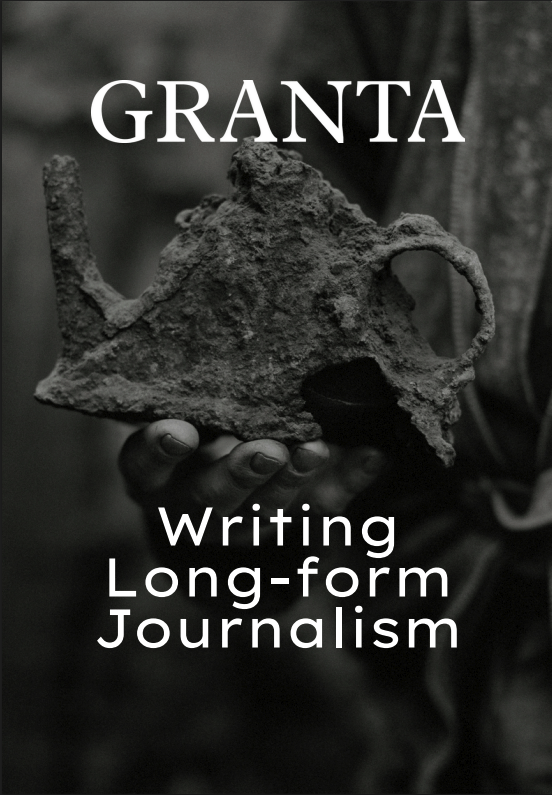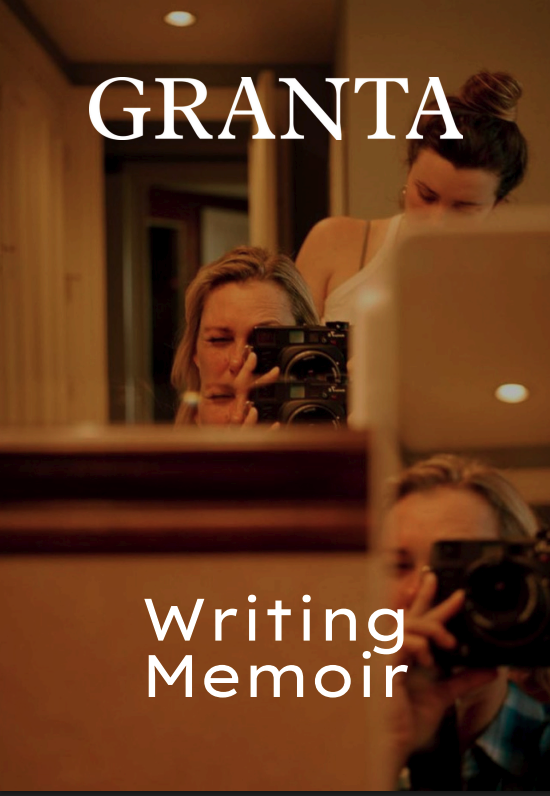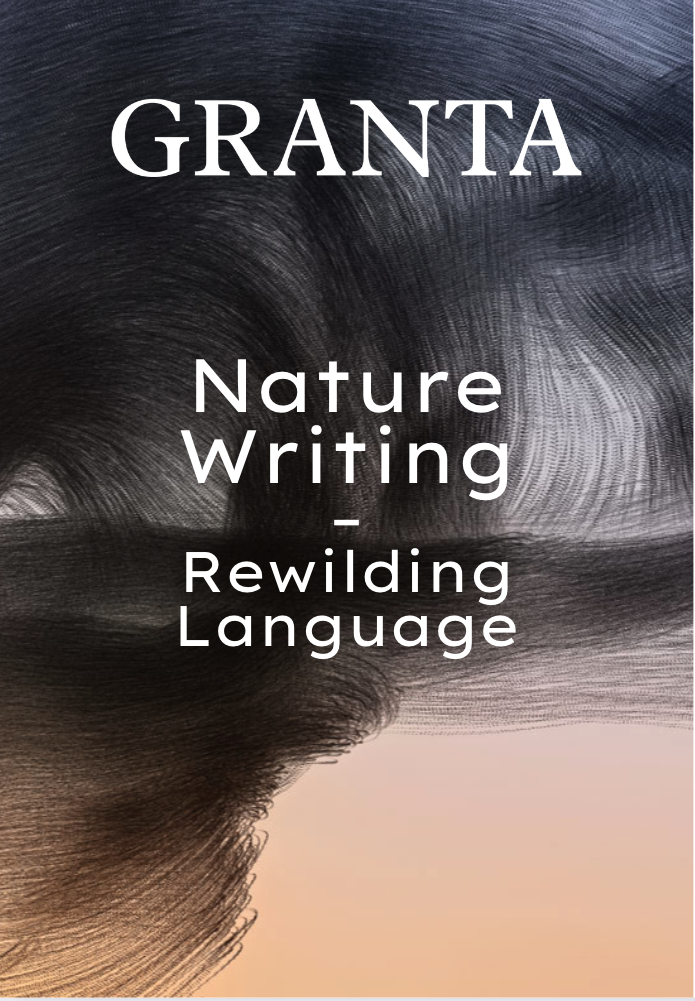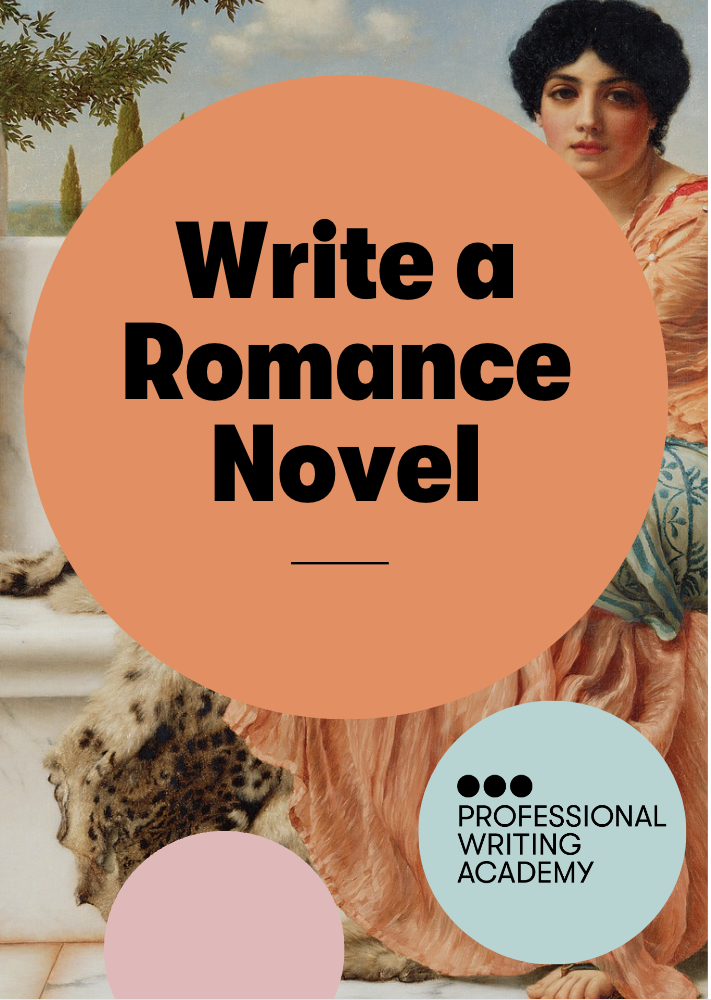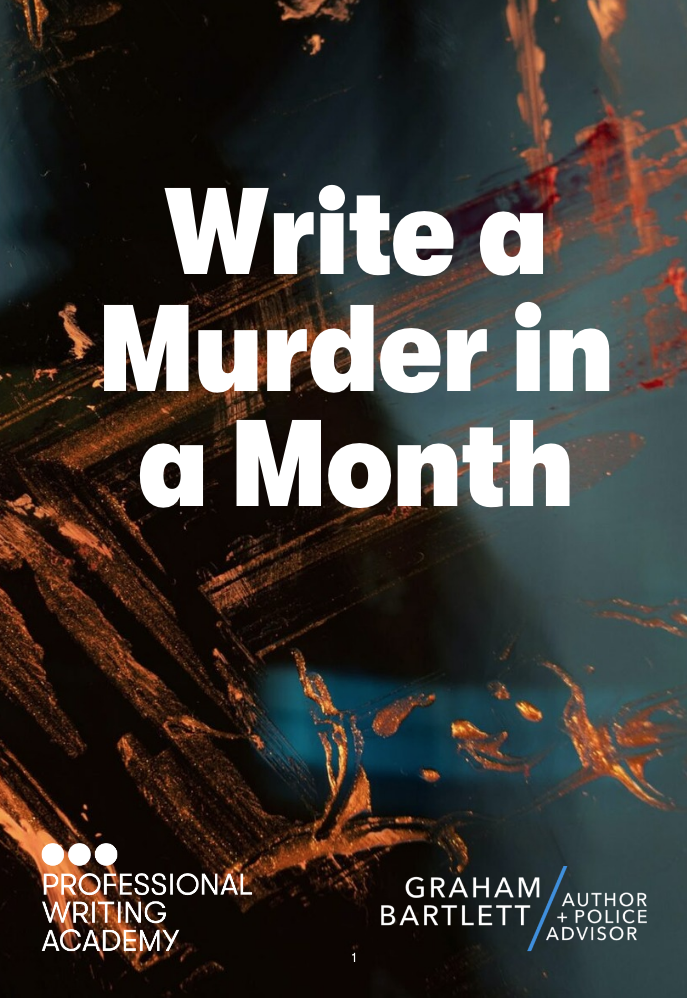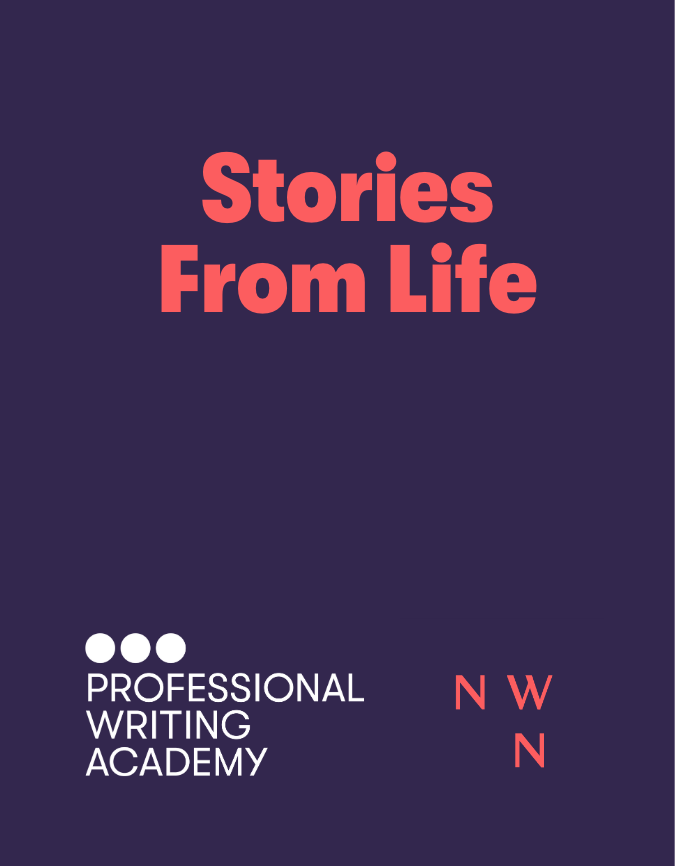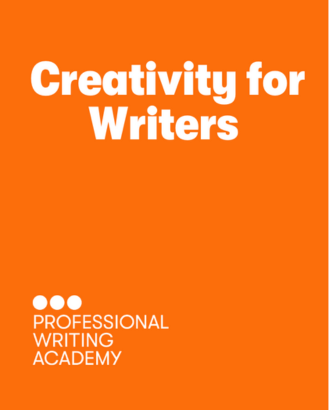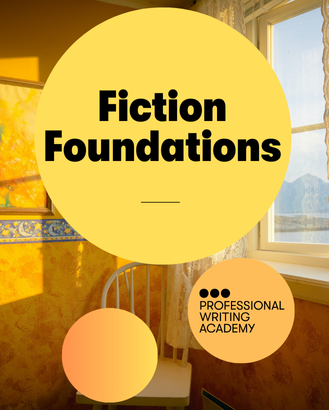Q — Hi Rupert, it’s great you could come along again! Both of your novels so far have taken the reader to some pretty dark places, and given us a mix of fantasy and reality that some might find disturbing or confusing.
However, I think you’ve struck a happy medium between strangeness and entertainment. Do you have a method of knowing if you’ve gone too far?
Rupert Wallis — Always a pleasure, and a great question to start with. I write what I want to write first off and explore everything I can.
When I come to rewrite I can figure out what works and what does not, and what might be appropriate. My publisher didn’t seem to mind the dark elements in the book – they are young adult fiction (YA) after all.
My advice, if you’re writing something dark, is to go for it first and then see what you’ve got. I find that it’s easier to rein it in than go up a gear in a new draft.
Also, whatever direction you decide to take, you must make sure the reader is drawn into the story. That’s the key, whatever the subject matter.
Q — Do you encounter much resistance to this sort of subject matter from other sources?
RW — Not especially. There’s some very dark stuff out there. I remember there was a huge uproar when The Bunker Diary won the Carnegie medal a couple of years ago.
I think it’s good to write about death and the darker side of life to allow readers to explore that, and lot of teachers and parents I have spoken to don’t seem to object.
From a publishing point of view, I think the only problem is when a story is not easily placeable into a genre. That’s all that publishers are worried about.
My routine has evolved the more I write. You learn little tricks to make sure you don’t procrastinate.
– Rupert Wallis
Q — When you started writing did you have a specific genre in mind – did you set out to write YA, or did it change as you started to write?
RW — Well, YA isn’t a genre, it’s an age group, but I did set out to write YA. I’m not sure why I wrote for that age, but it seemed a natural story for me.
I am actually publishing a middle-grade book next — aimed at children around 9-12 years old — so it will be interesting to see what happens with that. In terms of genre, I like monsters, and exploring the darker side of people.
Q — How has competing with the internet affected the way you write for a YA audience?
RW — YA is huge, and I think there’s a massive audience out there of people who want to escape into a book. As I understand it, internet stories do not do as well as escapist stories.
A lot of people who read my books are actually adults, and I think that’s a result of the Harry Potter generation growing up but still wanting to read. Whatever you think about Rowling, she did get a whole generation reading!
Q — What’s your writing routine, and how long did it take to establish what works for you? Do you have daily targets for words or time?
RW — I do have a routine, of around 1000 words a day on a first draft. It just feels right to me.
It can take half an hour or ten hours depending on how it’s going, but I force myself to get the words down. I do my rewriting once I have a manuscript.
My routine has evolved the more I write. You learn little tricks to make sure you don’t procrastinate.
For example, I tend to finish my day in the middle of a scene so I pick up the next day fairly easily — I want to find out what happens!
Perseverance is essential, it is hard and sometimes you do need luck.
– Rupert Wallis
Q — When you have a manuscript you’re happy with, how much work is still to come with agent/editor edits? Do you ever get sick of the sight of something?
RW — I did 15 drafts of my first book, and probably 12 of those were done before I submitted to an agent. It’s also often hard to know when to let go of a book, and you need the editor to help you do that.
I don’t tend to get sick of something because I am always interested in what can be improved, but life is too short!
There are also different kinds of editors.
The main editor is structural, who looks at the shape of the story, and then there are copy editors who look at it in more detail. Writing is a little more collaborative than people might realise.
Q — When you read your students’ work, how do you know whether what you’re reading has the potential to be a good book? Is it your level of engagement, market trends, ‘gut feeling’, or something else?
RW — I don’t go by market trends – they can change from one thing to another very quickly. Engagement is key.
There is something called the fictive dream — see John Gardner — and if I find myself lost in pages, caring about the characters I’m reading about and what’s going to happen to them, then I know I’m reading something good.
Q — How hard was it getting your first novel published? Was there one thing about the process that surprised you, or that you were thankful for?
RW — It wasn’t too hard to get it published. Simon & Schuster came in pretty quickly. I did tell myself I was going to give up if this one didn’t get any traction, though.
Perseverance is essential, it is hard and sometimes you do need luck. Also, for every book deal, you need to keep your brand going and developing.
However, it was hard to get an agent. Mine gets 300 submissions every week…
Focus on the characters. Readers keep turning the pages to find out what happens to them.
– Rupert Wallis
Q — How did you find your agent? Was it through the slush pile or a different route?
RW — I found my agent through a literary consultant in the end. I gave it to her to read and she recommended me. I decided to use every route possible to find an agent.
Q — I have a rough idea for a novel focusing on an issue close to my heart. What advice would you give me to stop the project from becoming just a political statement?
RW — I would sit on the idea first and let it ‘compost’. If it’s a good idea then it will be one that won’t go away. If that’s the case, then I will start to work on the characters.
I will sometimes write a short story version. It gives a sense of the tone, the main character, other characters and what might be at play.
Writing is a creative act you want to use to uncover things, so I don’t plot too hard. I just make sure I have well-drawn characters who can take me from the beginning to the end.
If a character wants something at the outset then the ending is there for you to aim for: either they get that, they don’t, or they get something else they didn’t expect.
The latter is usually the most fulfilling of endings, so I use one of these as my steer to get to the end of the book.
Focus on the characters. Readers keep turning the pages to find out what happens to them. If you can make readers care about them then you can write about whatever you like. Writing is all about empathy.
One note here though: do not write to a theme. That’s something that will show itself later. You’ll often realise what you are trying to say perhaps only when you get to the end of the draft.
Remember that no reader remembers nice writing or theme — when they pitch it to their friends they tell the story of what they have read. Characters create stories through how they act in response to obstacles in front of them.
Q — If you could give an aspiring writer just one piece of advice, what would it be?
RW — Tricky question! I’d say to write the story you want to write. Agents are looking for voice, and that’s the one thing you can’t teach. It’s a natural thing in a writer.
If you can find the story that you want to tell then tell it, because you are the one person who is going to tell it better than anyone else.
Don’t worry about market trends. Put your heart into it, and really empathise and care about the characters you have created.
Q — Thanks for all your brilliant advice, Rupert! It’s been a pleasure having you.
RW — Thank you! Good luck to everyone with their, and keep it up.



